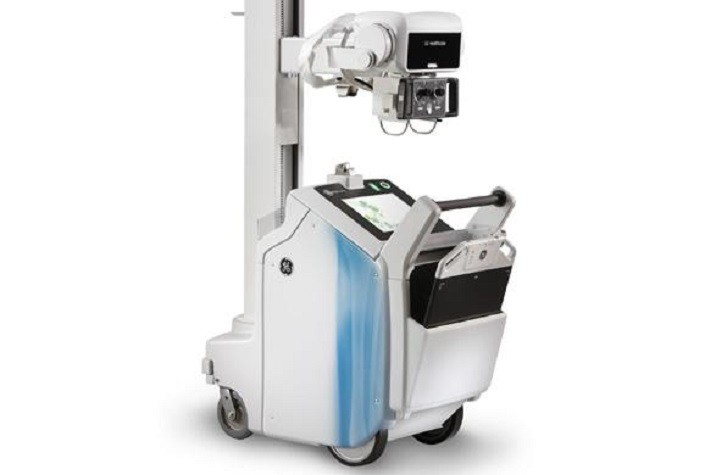Gene expression is a technique through which genetic instruction are used for synthesizing gene products. This technique enables scientists and researchers to reach at the molecular level of each gene. Proteins are generally synthesized with the help of gene expression which further perform the function of components such as proteins, enzymes as well as receptors. Process of gene expression involves of two stages, transcription and translation. The techniques used for monitoring the gene expression levels include, northern blot analysis, RNA protection assay, and microarrays among others.
Download Sample Copy Of Gene Expression
Control of gene expression is essential to all organisms. In bacteria, it allows the cell to take advantage of changing environmental conditions. In multicellular organisms, it is critical for directing development and maintaining homeostasis. Gene regulation can occur at three possible places in the production of an active gene product. First, the transcription of the gene can be regulated. This is known as transcriptional regulation. When the gene is transcribed and how much it is transcribed influences the amount of gene product that is made. Second, if the gene encodes a protein, it can be regulated at the translational level. This is known as translational regulation. How often the mRNA is translated influences the amount of gene product that is made. Third, gene products can be regulated after they are completely synthesized by either post-transcriptional or post-translational regulation mechanisms. Both RNA and protein can be regulated by degradation to control how much active gene product is present.





No comments:
Post a Comment